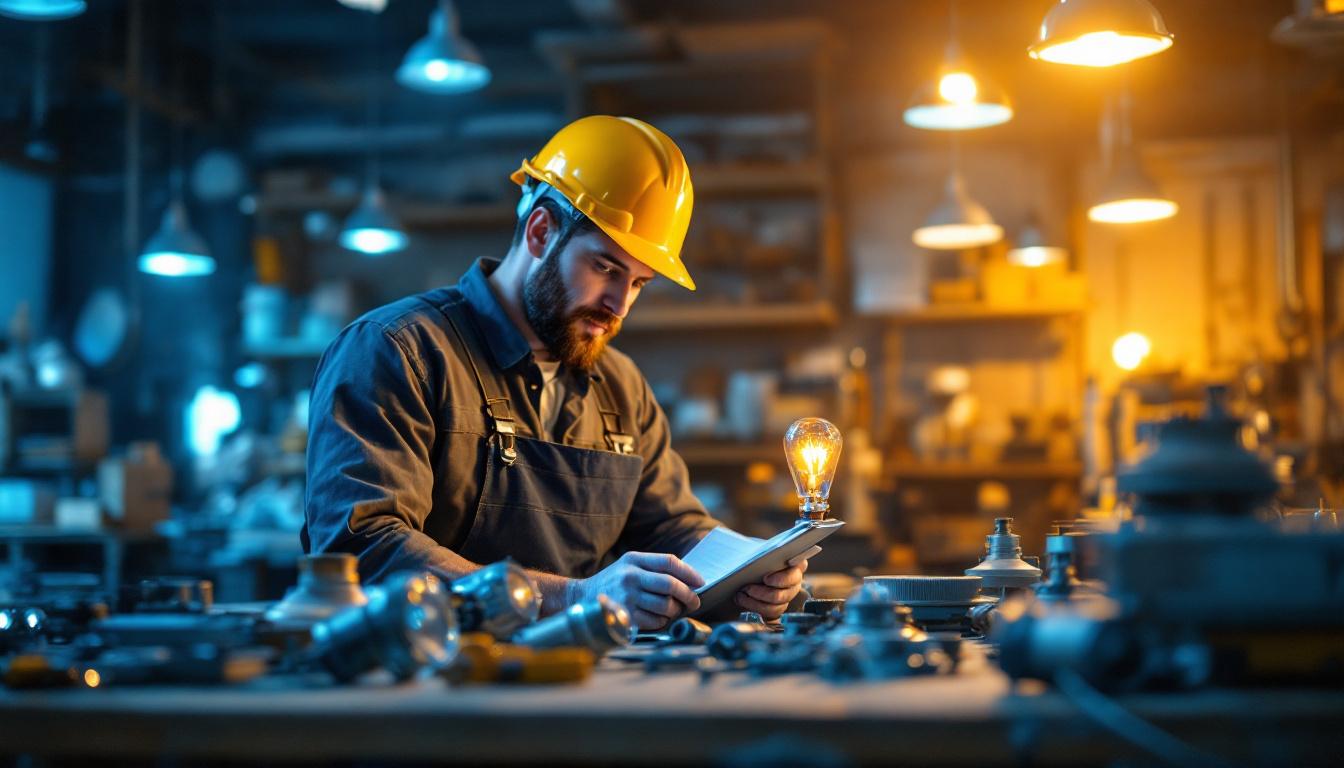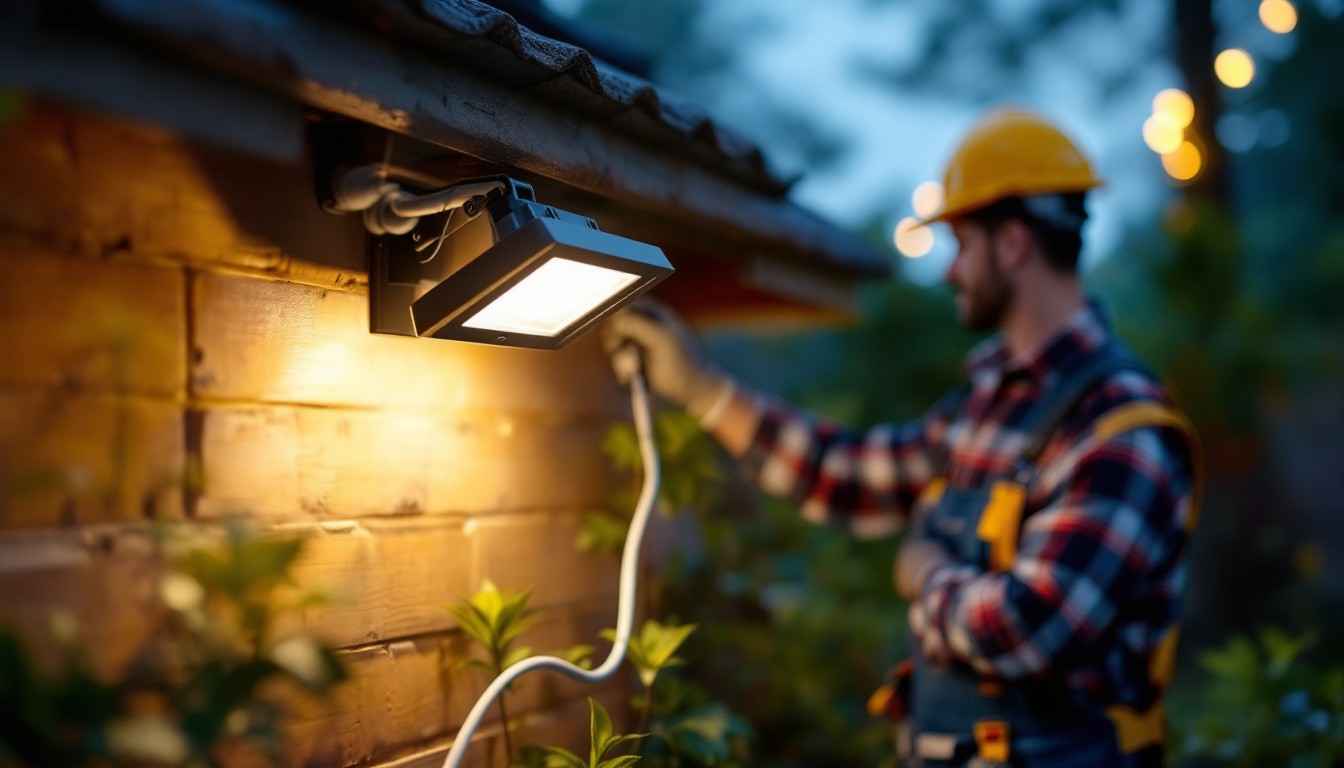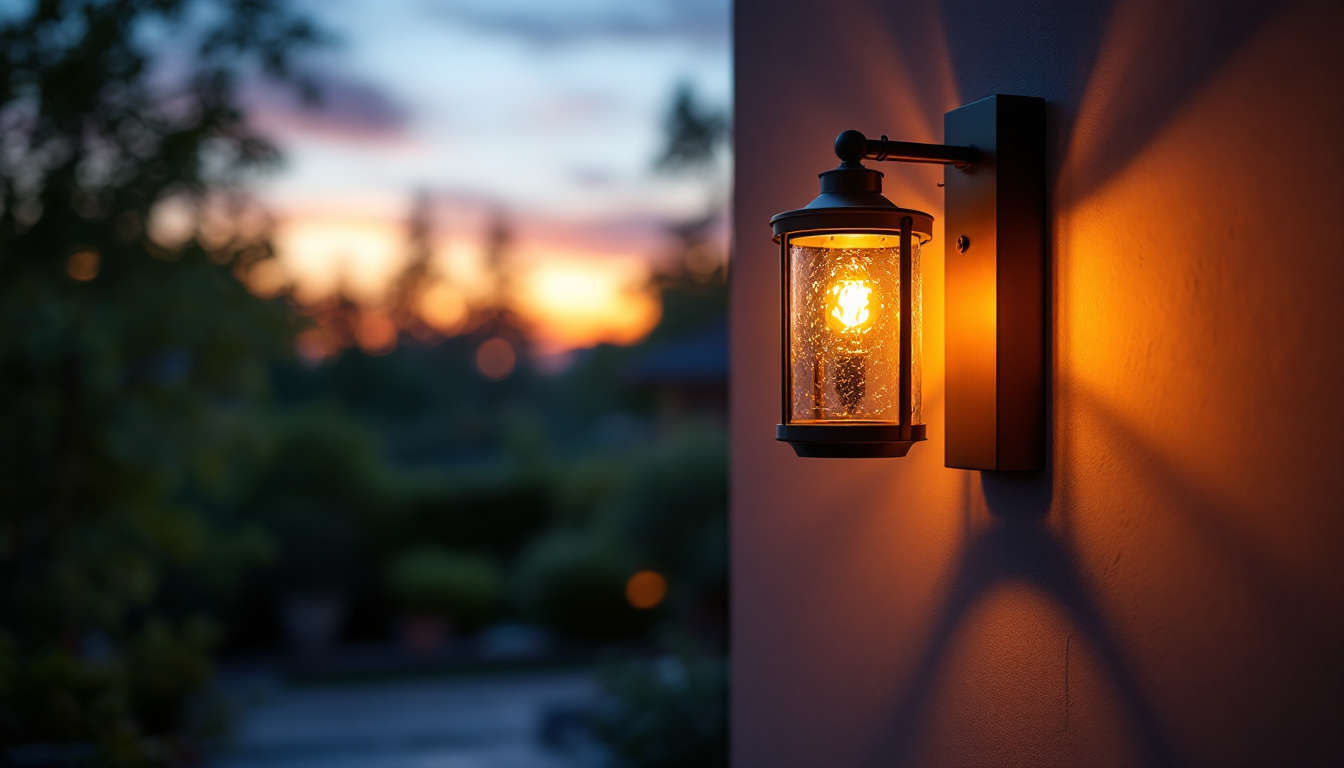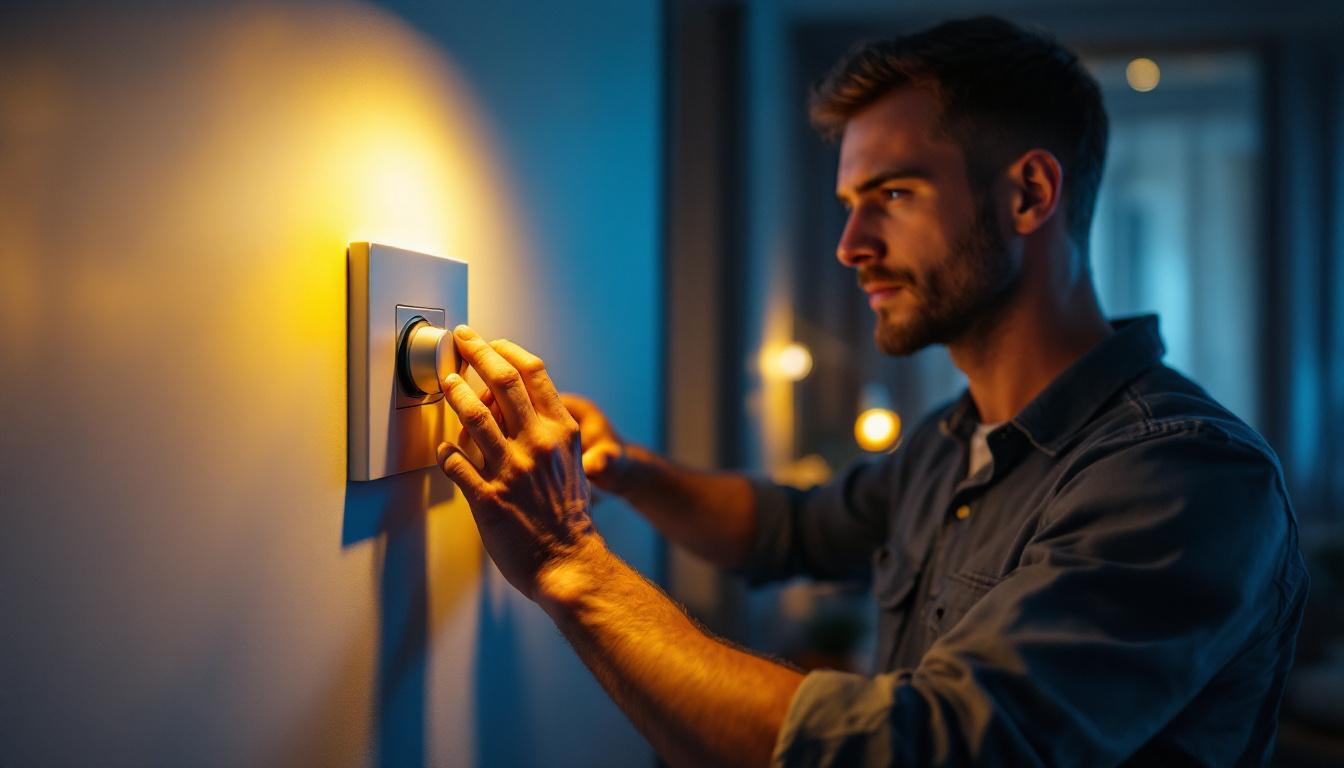
As the demand for efficient and effective lighting solutions continues to grow, lighting contractors face the challenge of selecting the right components for their projects. Among these components, the metal halide ballast has long been a staple in commercial and industrial lighting applications. However, with the advent of alternative technologies, contractors must weigh the benefits and drawbacks of metal halide ballasts against newer options. This article delves into the characteristics of metal halide ballasts, compares them with alternatives, and provides guidance on what lighting contractors should consider when making their choice.
Metal halide ballasts are essential components in metal halide lighting systems. They regulate the electrical current that flows to the lamp, ensuring optimal performance and longevity. These ballasts can be either magnetic or electronic, each with its unique features and benefits.
Magnetic ballasts have been the traditional choice for metal halide lamps. They are known for their durability and reliability, often lasting for years with minimal maintenance. However, they tend to be less energy-efficient than their electronic counterparts, consuming more power and generating excess heat.
On the other hand, electronic ballasts offer several advantages, including improved energy efficiency, reduced flicker, and quieter operation. They also provide better control over the lamp’s performance, allowing for dimming capabilities and longer lamp life. Despite their higher initial cost, electronic ballasts can lead to significant savings on energy bills over time.
Metal halide ballasts are commonly used in various applications, including sports facilities, warehouses, and outdoor lighting. Their high lumen output and excellent color rendering make them ideal for environments where visibility is crucial. Additionally, they are often favored for their ability to produce bright, white light, which enhances the overall quality of illumination.
However, as lighting technology evolves, the suitability of metal halide ballasts in certain applications is being challenged by newer options. Understanding the specific needs of a project is essential for determining whether metal halide ballasts are the best choice.
For instance, in sports facilities, the rapid start-up time and high-intensity output of metal halide lamps can significantly enhance the viewing experience for both players and spectators. The crisp, clear light they provide is particularly beneficial in arenas where high-speed action takes place, such as basketball or hockey games. Furthermore, the ability to illuminate large areas uniformly makes metal halide ballasts a go-to solution for outdoor stadiums and recreational areas.
In addition to sports and outdoor lighting, metal halide ballasts are also prevalent in industrial settings. Warehouses and manufacturing plants often require bright, consistent lighting to ensure safety and productivity. The robust nature of magnetic ballasts makes them suitable for these environments, where they can withstand harsh conditions. Moreover, the color rendering capabilities of metal halide lamps can help workers accurately assess colors and details, which is particularly important in tasks such as quality control and assembly line work.
With the increasing focus on energy efficiency and sustainability, several alternatives to metal halide ballasts have emerged. These alternatives include LED (light-emitting diode) technology, fluorescent lighting, and high-intensity discharge (HID) lamps. Each option has its own set of advantages and disadvantages, making it crucial for lighting contractors to evaluate them carefully.
LED lighting has gained significant traction in recent years due to its remarkable energy efficiency and longevity. Unlike metal halide lamps, which can take time to warm up, LEDs provide instant illumination, making them ideal for applications where immediate lighting is necessary.
Furthermore, LED lights consume substantially less energy, often resulting in lower operating costs. They also have a longer lifespan, which means reduced maintenance and replacement expenses for contractors and their clients. However, the initial investment for LED lighting systems can be higher than traditional metal halide setups, which may deter some contractors. Recent advancements in LED technology have also led to the development of smart lighting systems, which can be controlled remotely and programmed for various settings. This added functionality not only enhances convenience but can also contribute to further energy savings by allowing for automated dimming and scheduling based on occupancy or time of day.
Fluorescent lighting is another alternative that has been widely used in commercial settings. These systems are generally more energy-efficient than metal halide ballasts and offer a longer lifespan. They are particularly well-suited for applications requiring consistent and diffused lighting, such as offices and retail spaces.
However, fluorescent lights can sometimes produce a harsh light quality and may not be suitable for environments where color accuracy is essential. Additionally, they contain small amounts of mercury, which raises environmental concerns regarding disposal and safety. Newer fluorescent technologies, such as compact fluorescent lamps (CFLs), have been developed to mitigate some of these issues, offering improved color rendering and reduced mercury content. Moreover, advancements in electronic ballasts have enhanced the performance of fluorescent systems, providing flicker-free operation and better energy efficiency, making them a viable option for many modern applications.
HID lamps, which include metal halide and high-pressure sodium (HPS) lights, are another option for contractors. While metal halide lamps are known for their color rendering capabilities, HPS lamps provide a warmer light and are often more energy-efficient. However, HPS lamps typically have a lower color rendering index (CRI), which may not be suitable for all applications.
When considering HID options, contractors should evaluate the specific lighting requirements of each project to determine the best fit. Understanding the advantages and limitations of each type of HID lamp will enable contractors to make informed decisions. Additionally, the growing trend towards hybrid lighting solutions, which combine different technologies, is gaining popularity. For instance, using a combination of HPS for general illumination and metal halide for accent lighting can help achieve a balance between energy efficiency and aesthetic appeal. This approach not only optimizes the lighting design but also allows contractors to tailor solutions that meet both functional and visual needs of the space.
When selecting between metal halide ballasts and their alternatives, several factors come into play. Lighting contractors must consider not only the technical specifications of each option but also the specific needs of their clients and the intended application.
Energy efficiency is a primary concern for many contractors and their clients. Metal halide ballasts, while effective, can consume more energy compared to LED and fluorescent options. Evaluating the long-term energy savings of alternatives can significantly impact a project’s overall cost-effectiveness.
Contractors should also consider local energy regulations and incentives that may favor the adoption of more efficient lighting solutions. Understanding these factors can help contractors provide valuable recommendations to their clients.
While the initial cost of installing metal halide ballasts may be lower than that of LED systems, the long-term savings associated with energy-efficient alternatives can be substantial. Contractors should conduct a thorough cost analysis, taking into account not only the upfront expenses but also the anticipated savings on energy bills and maintenance over time.
By presenting clients with a comprehensive breakdown of costs and benefits, contractors can help them make informed decisions that align with their budget and sustainability goals.
Different applications have unique lighting requirements that can influence the choice of lighting solutions. For example, environments that demand high color accuracy, such as art galleries or retail spaces, may benefit from the superior color rendering of metal halide lamps. Conversely, areas requiring quick illumination and energy efficiency may find LED lighting to be the better option.
Understanding the specific needs of each project is crucial for contractors to recommend the most suitable lighting solution. Engaging in discussions with clients about their preferences and requirements can lead to more tailored and effective lighting strategies.
The lighting industry is constantly evolving, with new technologies and innovations emerging regularly. As lighting contractors navigate the landscape of metal halide ballasts and alternatives, staying informed about future trends can provide a competitive edge.
Smart lighting technology is gaining traction, allowing for enhanced control and automation of lighting systems. This technology enables contractors to offer clients solutions that can be adjusted based on occupancy, time of day, and even weather conditions. Integrating smart lighting with energy-efficient systems like LEDs can result in significant energy savings and improved user experiences.
Contractors should consider how smart lighting solutions can be incorporated into their projects, as they are becoming increasingly desirable among clients looking for modern and efficient lighting options.
As LED technology continues to advance, improvements in efficiency, color quality, and design flexibility are expected. Contractors should keep an eye on emerging LED products that offer enhanced performance and features, as these innovations can provide new opportunities for projects.
By staying updated on the latest developments in LED technology, contractors can position themselves as knowledgeable experts in the field, providing valuable insights to their clients.
With growing awareness of environmental issues, sustainability is becoming a critical factor in lighting design. Contractors should prioritize eco-friendly solutions, such as energy-efficient lighting systems and materials that minimize environmental impact.
By emphasizing sustainability in their projects, contractors can appeal to clients who prioritize green building practices and contribute to a more sustainable future.
The decision between metal halide ballasts and their alternatives is not one-size-fits-all. Lighting contractors must consider various factors, including energy efficiency, initial investment, application-specific requirements, and future trends in lighting technology. By carefully evaluating these elements, contractors can make informed choices that align with their clients’ needs and project goals.
As the lighting industry continues to evolve, staying informed about advancements in technology and sustainability will empower contractors to provide the best solutions for their clients. Whether opting for traditional metal halide ballasts or exploring innovative alternatives, the key is to prioritize quality, efficiency, and adaptability in every lighting project.
Ready to elevate your lighting projects with the best in spec-grade lighting? Look no further than LumenWholesale, where we provide contractors with superior lighting products at unbeatable wholesale prices. Say goodbye to inflated markups and hello to a vast selection of top-quality lighting that meets the highest industry standards. With LumenWholesale, you can enjoy the convenience of bulk buying with the added benefit of free shipping, ensuring you get the premium lighting you need at the best value — without any hidden fees. Don’t compromise on quality, affordability, or convenience. Choose LumenWholesale for your lighting needs and experience wholesale lighting at the best value today.

Discover why flood lights with outlets are a game-changer for lighting contractors.

Discover expert insights from top lighting contractors on choosing and installing outdoor wall mounted lamps.

Discover the key qualities that distinguish top lighting contractors in the world of dimmer lighting.

Discover how kitchen ceiling lamps have become the cornerstone of lighting contractors’ success.